Container loading machines are devices used to efficiently load goods into containers. They are widely applied in industries such as logistics, ports, and docks, significantly improving loading efficiency and reducing labor intensity.

-
Standard loading machine: Equipped with its own motor drive, it is controlled by a handle for movement and can walk on the ground when unloaded. It has a built-in slide rail system, enabling in-place adjustments (up, down, left, right, forward, and backward) when carrying goods to quickly align with trucks.
-
Heavy-duty loading machine: Features four-wheel hydraulic drive and universal wheels, allowing movement in any direction even when loaded. The direction of the four wheels can be adjusted via remote control for rapid positioning with trucks.
-
Customized loading machine: Can be developed and customized according to different customer needs to adapt to other types of goods or site requirements.
 Working Principle
Working Principle
Typically, the position and angle of the truck are parked by personnel, and the base adjusts its displacement and angle accordingly. Then, a forklift places the goods on pallets onto the container loading machine, which then transports the goods into the container through a conveying device.
Performance Features
-
Efficient loading: With fast loading speed, some equipment can finish loading a container in just 5 minutes. Compared with manual loading, it greatly improves efficiency, significantly shortens loading time, and enhances cargo turnover efficiency.
-
Strong load-carrying capacity: Some loading machines can carry up to 40,000 KG, meeting the loading needs of various goods.
-
High space utilization: It can stack goods tightly, and some equipment can make the container utilization rate reach 96%, fully utilizing the internal space of the container.
-
High degree of automation: Adopting PLC control, it has functions such as one-key start/stop, intelligent depalletizing, leveling, conveyor line, and reversing. It can also perform intelligent positioning and automatic counting. Some equipment can be connected with the factory’s WMS/ERP system to upload loading data in real-time.
-
Safety: Equipped with devices such as laser radar and safety fences, it has functions like intrusion shutdown and automatic deceleration. It complies with relevant mechanical safety standards, effectively ensuring the safety of operators.
-
Strong adaptability: It can adapt to various types of truck compartments and containers of different sizes. In addition, it can be equipped with different auxiliary accessories according to the type of goods, such as side baffles for goods that are prone to sliding, and rollers for goods that are afraid of being scratched.
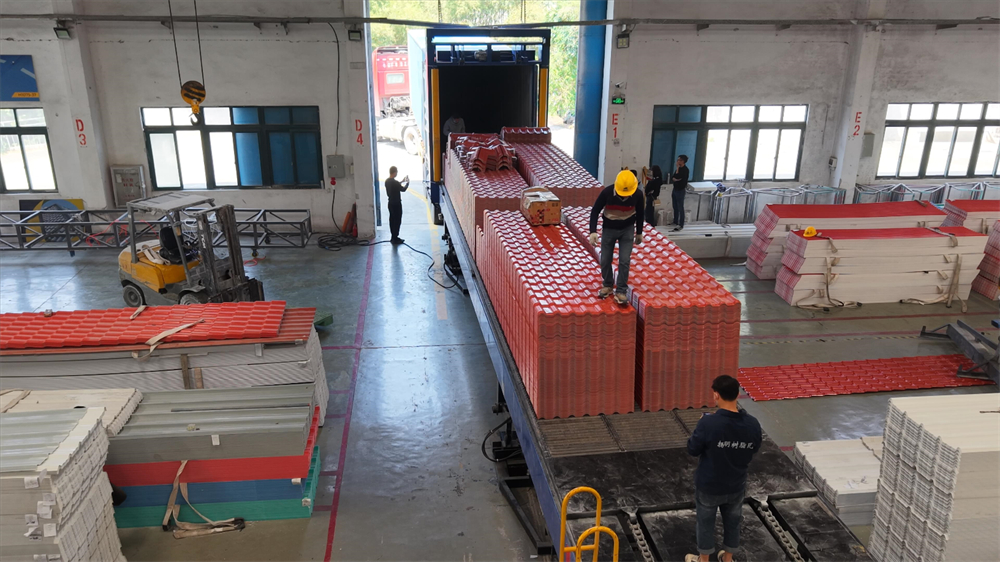


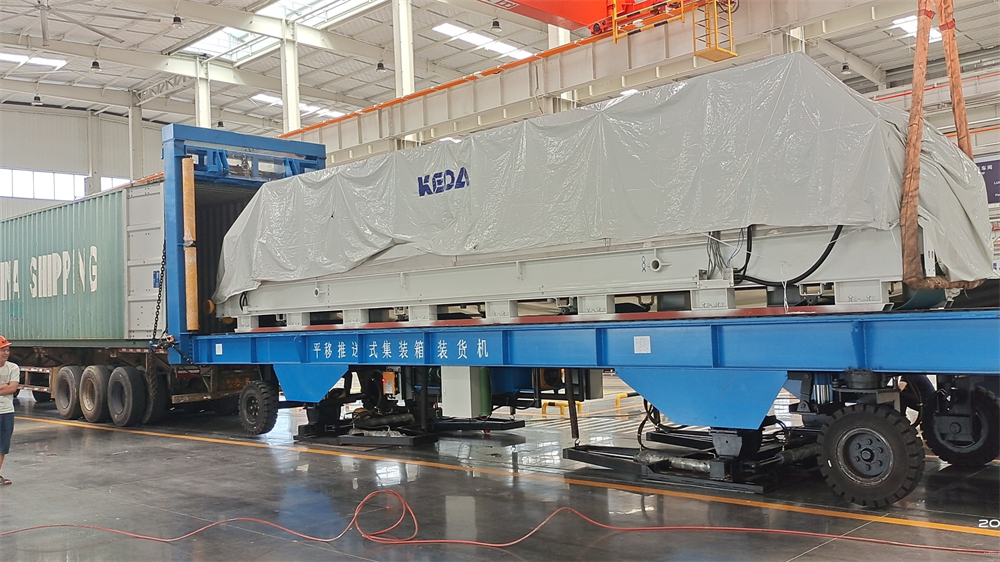
It is mainly used in industries such as food, logistics, warehousing, ports, and docks. It is suitable for loading operations of various types of goods, including bagged goods, boxed goods, equipment, steel structures, coiled materials, cloth, food, etc., and can meet the loading and unloading needs of different enterprises.


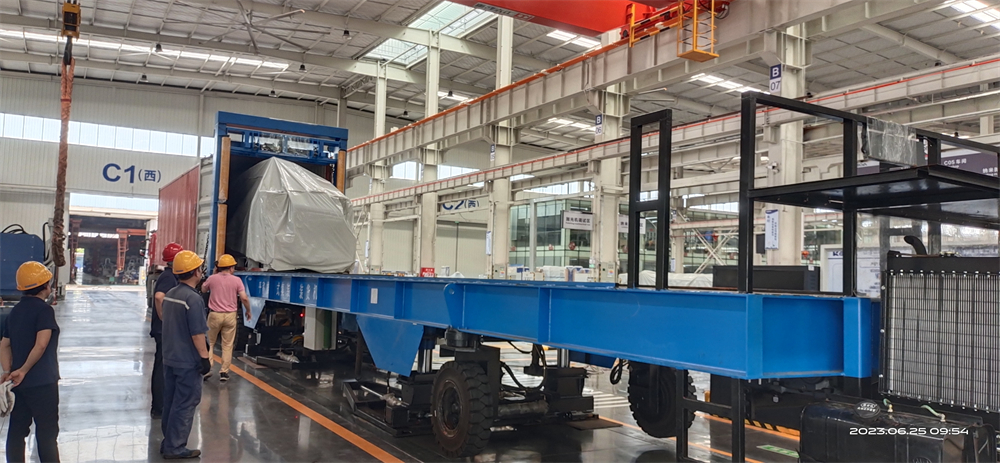



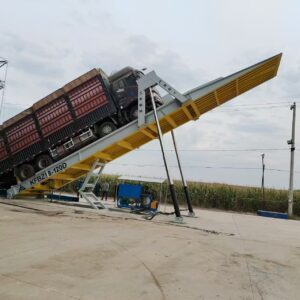
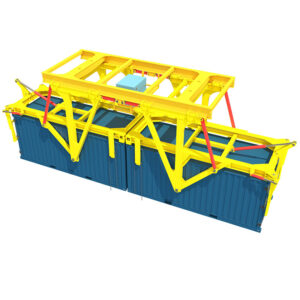
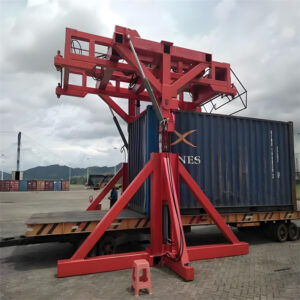

评价
目前还没有评价